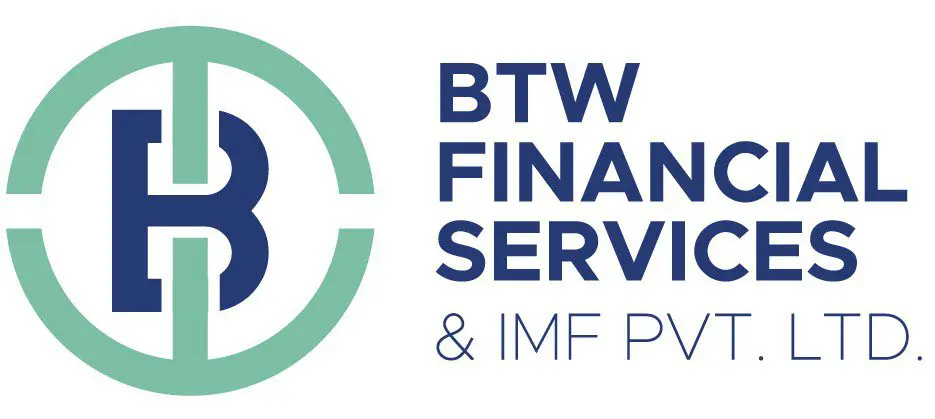Buy Life Insurance in India
🚀 Plan starts at just ₹6.2/day!
Secure your family’s future today! Complete the process online in just 10 minutes—zero paperwork, total convenience!
Service
Home Visit
Schedule a meeting at your place
Understanding Life Insurance in India
Financial Security
Family Protection
Family Protection
While life insurance is not legally mandated, it is essential for anyone with financial dependents or outstanding obligations to ensure their family’s future is protected.


Benefits & Features
Life insurance offers more than just death benefits – it can be a versatile financial tool that provides multiple advantages throughout your lifetime.
Income Replacement: Provides financial support to replace lost income for dependents.
Debt Clearance: Helps pay off outstanding loans and liabilities like mortgages.
Tax Benefits: Premiums paid qualify for tax deductions under Section 80C of the Income Tax Act.
Wealth Creation: Certain policies offer investment components for long-term wealth building.
Insurance is subject to the terms and conditions of the policy. Please read the policy document carefully before making a purchase.
Why Choose BTW IMF for Life Insurance
Trusted Expert Guidance
Our licensed advisors take time to understand your unique situation before recommending the best protection options.
Competitive Premium Rates
Access to multiple top-rated insurance providers means we can find you the best coverage at the most affordable rates.
Simplified Application Process
We handle the complicated paperwork and coordinate all necessary steps, making it easy for you from start to finish.
Ongoing Support & Service
Our relationship continues after your policy is issued. We’re here to help with any questions or policy adjustments in the future.

